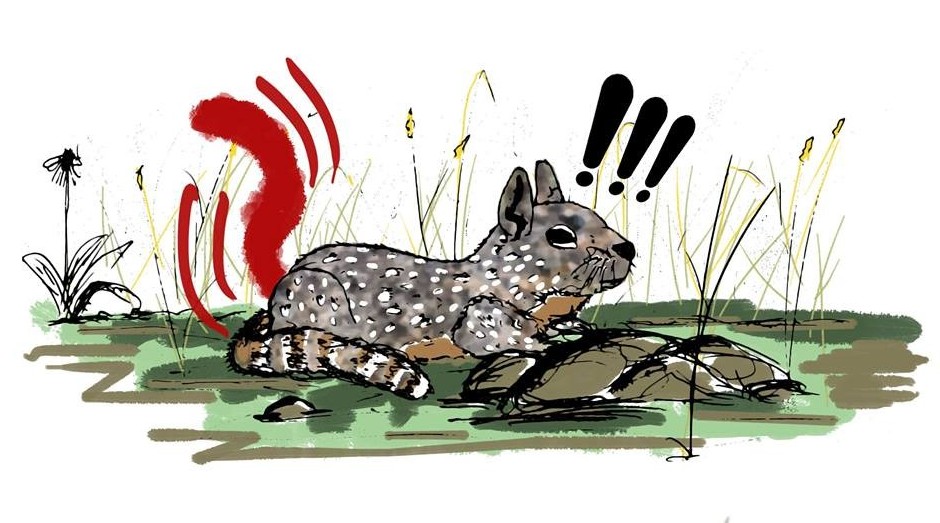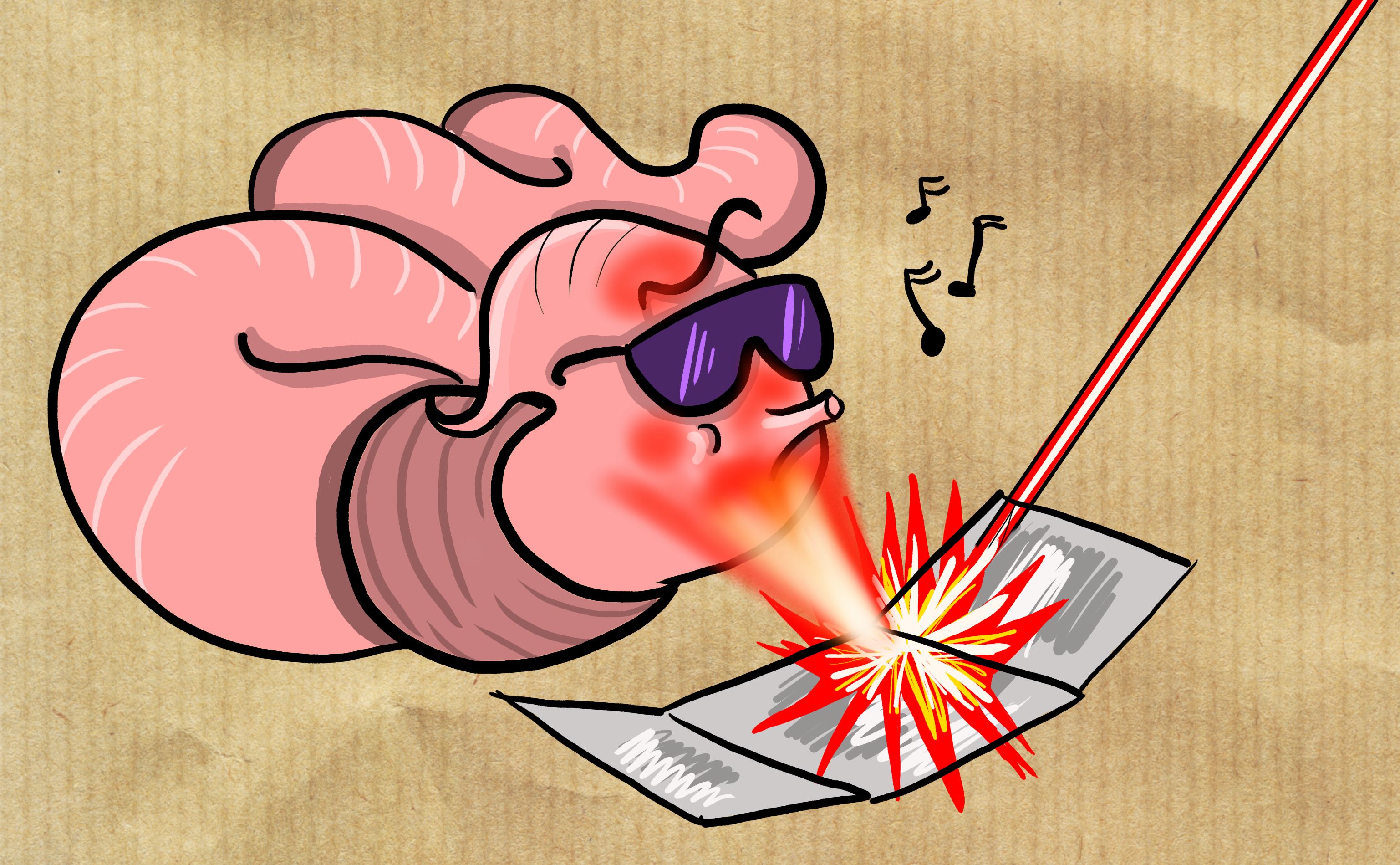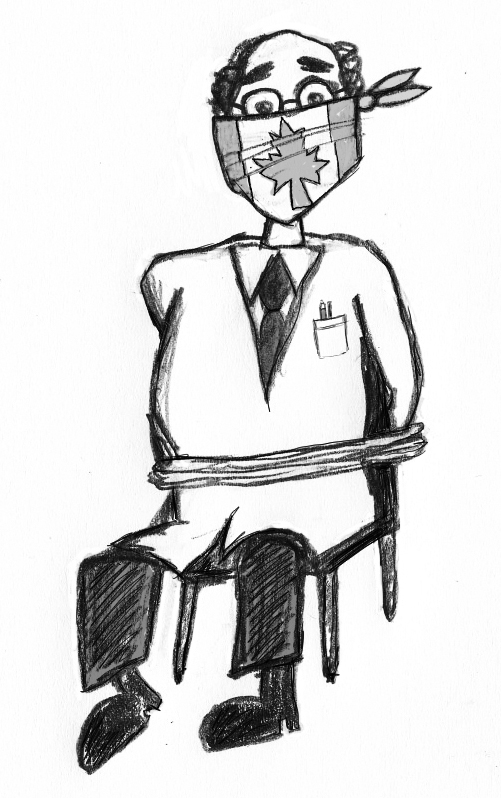California ground squirrels have a difficult job of avoiding becoming snake food. Rather than running away, many prey animals will display a physical signal to indicate that they are aware of their predator or are capable of self-defence. These signals also communicate to other prey in the vicinity that a predator is present, and urge the predator to reconsider its approach.
“There have been a variety of studies that show that when animals show that they have detected a predator, the predator will give up. Predators often rely on being undetected in order to successfully hunt,” Jim Hare, University of Manitoba biological sciences professor and associate head, told the Manitoban.
Some prey will display these signals even when a predator isn’t present. These signals may be indicative of mistaken perception of a threat, or a display of constant vigilance.
California ground squirrels display something known as tail flagging, which is characterized by “vertical side-to-side movements of the tail,” similar to a windshield wiper’s movements.
Breanna Putman and Rulon Clark from San Diego State University have recently published a study in which they delved deeper into tail flagging behaviour. Their scientific careers have been spent determining the reason why small, unassuming animals like the ground squirrel taunt predators such as rattlesnakes.
Encounters with a snake were observed to cause the most tail flagging in ground squirrels. Snakes are a common predator for squirrels. In these interactions, squirrels would even go as far as kicking sand at their potential predators.
To observe squirrel reactions in the absence of an actual snake, the researchers created a simulated snake-attack apparatus. The squirrel-attacker was comprised of nothing more than a spring-loaded cork gun, yet it did the task of simulating a snake strike.
“They have come up with the most clever way of showing how vigilant these animals are,” said Hare.
Squirrels also tail flagged when they were in an area where they had recently encountered a snake. These squirrels were observed to be in a state of vigilance, as they were more likely to respond to a simulated attack with a fast, evasive leap.
The messages given off by ground squirrel tail flagging transcends what humans can see. Researchers from the University of California, Davis have previously shown that ground squirrels can use infrared signals when tail flagging.
When California ground squirrels interact with infrared-sensing rattlesnakes, they supplement their tail flagging with temperature changes caused by increased blood flow, creating a detectable infrared emission. However, ground squirrels do not exhibit this particular behaviour when interacting with gopher snakes, which are unable to detect infrared radiation.
Vigilance in prairie dogs
Professor Hare, along with biological sciences professor Kevin Campbell and U of M alumnus Robert Senkiw, observed a different vigilance signal in prairie dogs in 2013. The jump-yip signal is characterized by a prairie dog springing up while calling a cry that sounds like “wee-oo.” The jump-yip behaviour is imitated throughout a population of prairie dogs, spreading from one neighbour to the next in a wave-like fashion.
“It’s funny, too, because as prairie dogs approach winter, they put on a lot of mass. And so they propel themselves in the air, but they can’t get off the ground, and so their belly kind of waves up,” said Hare.
“When I watched black-tailed prairie dogs do this, they were doing it when predators were right there,” said Hare.
This signal assesses the number of vigilant town members a particular prairie dog is a neighbour to. If a prairie dog feels that a significant amount of its neighbours are vigilant, it may spend more time foraging for food, as the other members can carry the slack.
“Some call it the many eyes hypothesis. The more individuals that are watching, the safer animals are,” said Hare.
“These animals aren’t just responding to stimuli, but they’re actually consciously aware, in some sense, of what’s going on in the world around them,” said Hare. “I think that’s just mind-blowing. It’s just very cool.”





